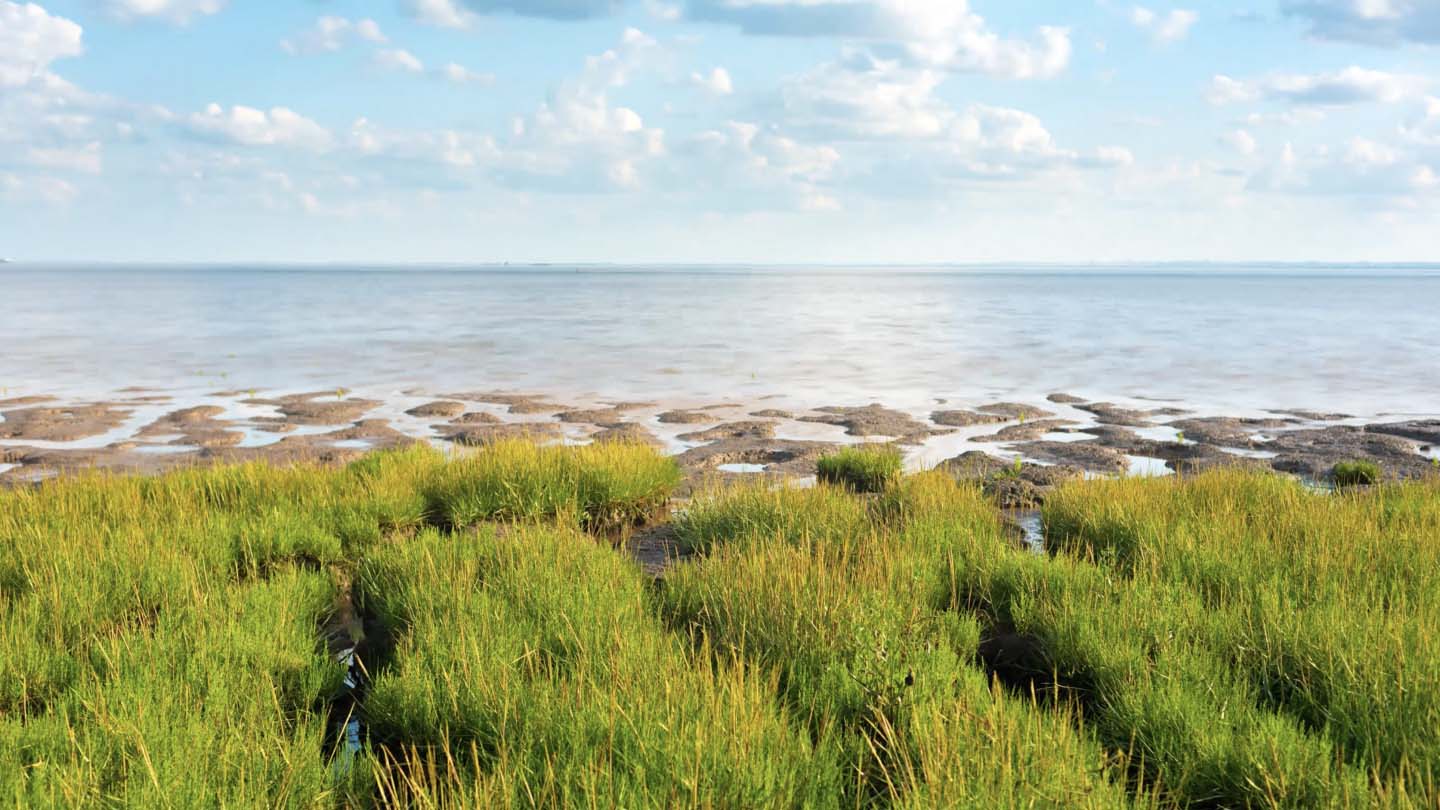Why does climate adaptation matter for coastal ecosystems and communities?
Samir Whitaker, Biodiversity Lead Specialist, Ørsted
Samir Whitaker, Biodiversity Lead Specialist, Ørsted
Mitigating climate change and adapting to its effects are two equally urgent tasks. While mitigation looks at reducing heat-trapping greenhouse gas emissions to meet our global climate targets, climate adaptation aims to enhance the resilience of ecosystems and protect communities from the effects of climate change.
Some of these effects are already with us, with severe consequences for nature and people around the world, such as more frequent extreme weather events, ocean acidification, coastal erosion, sea-level rise, and reduced potential for economic activity such as fishing. Even if we take the climate action necessary to limit global warming to 2 °C, up to 18 % of all land species will be at high risk of going extinct by 2100, according to the IPCC’s Sixth Assessment Report.
Meanwhile, a recent study estimates that melting ice from the Greenland ice sheet will raise global sea levels by nearly 25 cm – something that will have a direct impact on a significant proportion of the world’s population, including almost 50 % of Europeans living within 50 km of the sea. Leaders from Barbados, the Maldives, Tuvalu, Guyana, and the Marshall Islands have been raising the alarm about the threat of sea-level rise for many years. They have also urged other world leaders to accelerate climate adaptation strategies, a call that will likely be renewed at the upcoming COP27.
So, there is an urgent need not only for climate mitigation through emissions reductions, but also for climate change adaptation to protect nature and people.

It is crucial to develop infrastructure to protect coastal communities against sea-level rise and storms of increasing intensity and frequency. While this infrastructure can either be built or natural, built infrastructure – or engineered coastal protection – requires high levels of maintenance to withstand the increasing intensity of wind and wave energy, which makes it an extremely expensive solution. Under increased stress caused by spiralling climate change, the maintenance costs of these structures will actually become economically and ecologically unsustainable. Lower cost measures with higher resilience are desperately needed to accelerate climate adaptation strategies.
This is where natural infrastructure offers an ideal solution. Nature-based solutions are actions that protect, restore, and manage coastal habitats to provide benefits for nature and people. Ecosystems such as mangroves, coastal dunes, salt marshes, and seagrass meadows protect coastal areas by reducing and dissipating wave energy and encouraging the accumulation of sediment.
A huge advantage of these habitats is that they can self-heal through natural regeneration and adapt to sea-level rise by, for example, moving further inland or trapping sediment to rebuild themselves. Some countries are already taking action to benefit from nature in this way. In parts of the UK, sea walls are being removed to allow natural coastal ecosystems to re-establish and provide natural defences – a process called ‘managed realignment’.
Natural infrastructure for coastal protection also offers the opportunity to restore and maintain important natural habitats which have been destroyed and degraded globally by pollution, removal, and climate change. For example, salt marshes and coastal dunes provide important habitat for many species of breeding birds, mangroves offer vital nursery grounds for fish, and oyster reefs are underwater ecosystem builders, which can also improve water quality. Moreover, natural infrastructure like this can itself contribute to climate change mitigation. All of the ecosystems above can capture and store large volumes of carbon.
In turn, climate mitigation through emissions reductions can help protect coastal ecosystems – and local communities. If this year’s extreme weather events are any indication, every fraction of a degree of warming matters. Ørsted is playing an active part in this through the build-out of renewable energy, which will enable our global economies to phase out fossil fuels. We put credible corporate climate action at the centre of our work. We are the first energy company in the world with a science-based net-zero target. And these are just the first steps.
We are now also expanding our expertise by developing and supporting a range of coastal ecosystem restoration projects, including mangrove restoration in The Gambia, and salt marsh, oyster, and seagrass restoration in the Humber Estuary in North-East England.
Climate and nature are deeply interrelated. This is why we have set the ambition that all new renewable energy projects we commission from 2030 onwards should deliver a net-positive biodiversity impact. Healthy, thriving ecosystems can play a key role in climate adaptation and mitigation, and we need to harness that potential by supporting nature.